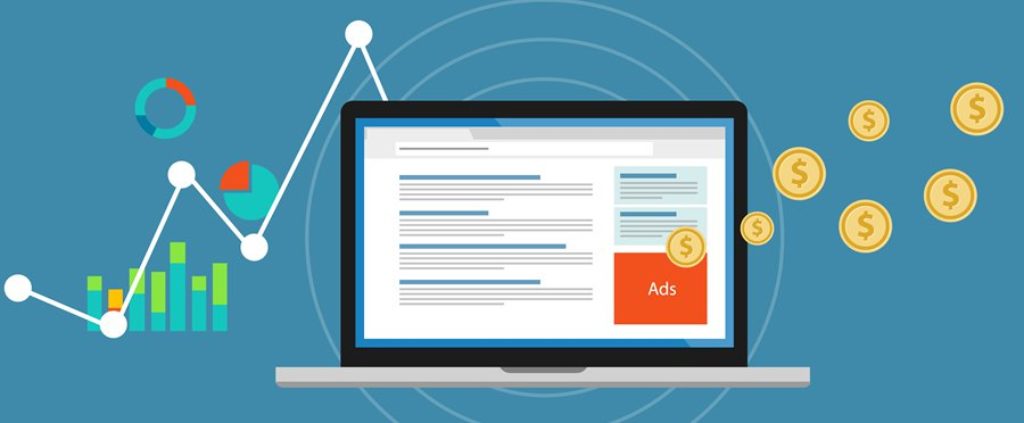Topics:
Never Miss a Beat - Get Updates Direct to Your Inbox
FILTER:


What Is The Single Most Important SaaS Metric? – Ask The Experts
By Quiet Light
In the Software as a Service (SaaS) business world, metrics are crucial to understand the health of an individual business. SaaS business owners will gladly roll out their cohort analysis, their churn rate, lifetime values, and cost of acquisition metrics to prove the value of their business.
But as with any statistic or metric, some metrics are more valuable than others. Some metrics have the ability to provide unique insight into the structure, health, and makeup of a business in a way that is deeper than other metrics.
So as a buyer, or as an owner of a SaaS business, what metrics should you pay attention to most closely? I decided to ask eight SaaS business experts their opinion on the single most important metric in SaaS businesses and why you should focus on that metric.
Churn Rate: It Indicates Customer Satisfaction


Ideally, you’ll work to engage your users, actively seek feedback, and keep your churn rate below 2%.
Chad Reid, director of communications at JotForm, an online form building platform.
Committed Monthly Recurring Revenue: Peering More Deeply Into Recurring Revenue


Since CMRR is a top-line metric, higher is better. The valuation of a SaaS company is roughly tied to a direct multiple of CMRR. In order to increase the overall value of a SaaS business, business owners should focus on increasing CMRR as quickly as possible.
Corey Crawford, Head of Finance at CloudMine, start-up enthusiast, and cyclist.
Customer Retention: Demonstrates Market Need and Responsiveness


If you can’t properly retain users (yet), there is no point to focus on Customer Acquisition because you’ll be wasting precious marketing dollars.
There is no ideal value for Retention, you should just get the best possible rate. If you think about Churn for example, lower than 5% is a good rate. You could also get into negative Churn if the customer that you up-sell buy more than the one who leave.Being able to retain your users is primary to your success. You don’t want to acquire new people over and over who will be leaving in a few months. SaaS is all about creating long-term relationship…
Pierre Lechelle specializes in SaaS B2B Marketing & Growth Hacking. I consult Startups & SMBs alike in order to help them grow their business.
Life Time Value: A Great Barometer of Your Business


LTV is a high-level metric that clarifies other key metrics, including:
1) CAC, or or Customer Acquisition Cost. Knowing LTV helps you budget a maximum CAC in order to be profitable and cashflow-positive.
2) Retention Rate and Churn Rate: LTV is a monetary equivalent of how long your customers stay and, conversely, how quickly they leave.
3) Customer Happiness: A low or downward-trending LTV highlights a customer experience problem.
In addition to being a great barometer-of-the-business metric, LTV is a lever for driving profitability. Increase LTV with micro-optimizations like testing prices till you find the sweet spot the market will bear, upselling premium features, and increasing customer happiness.
Your ideal LTV depends on the subscription cost and whether you calculate based on gross or net profit. A simple method: Use your own churn rate or the rule of thumb that an acceptable churn rate is 5%. The Customer Lifetime is 1/Churn, or 20 months. 20 months times the subscription cost is a simple LTV. Calculate LTV for each tier of SaaS, because the LTV of the smallest tier will certainly be lower than the LTV of the enterprise tier, and you want to spend marketing dollars accordingly.
Gretchen Roberts is founder and CEO of Smoky Labs, a B2B digital and inbound marketing agency. She recently blogged about LTV being her “desert island” metric at Under the Microscope, Smoky Labs’ digital marketing blog.
Engagement As Measured By Cohort Retention
By analyzing the behavior of a group of users who share a common characteristic over time (a process known as Cohort Analysis), SaaS businesses can understand how sticky their product is and how engaged their users are.
Of course, every SaaS business is different. Defining the key activity to track (uploading data, playing a game, watching a video, etc.) takes deep knowledge of your product and user base. The same holds true for ideal values to aim for.
Ryan O’Donnell, Director of Marketing, Avalara
Trial to Paid Conversion Rate: Indicates Potential Problems In Your Business


Trial to paid conversation rate is simply the % of people that sign up for a free trial that end up converting to paid subscribers. This is a very important metric because if it is not optimal, there may be issues affecting your company’s health. Some of these issues could include:
- Not bringing in the right customers to try your product
- Misalignment of website’s perceived value and products true value
- Problems with product/market fit
- Poor UX/onboarding, i.e. not easy to get up-and-running
- Priced too high
The ideal free to paid conversion rate will vary based on industries and who you talk to. A good starting point is achieving 5-10%, but there is always room for improvement. Some companies will claim upwards of 50% which is unlikely. I’d suggest companies to start with the 10% goal. When they have achieved that, continue optimization to grow into the double digits! As a tip to start optimizing these metrics, try to talk to as many users that sign up and do not convert to find out WHY they didn’t convert – you can learn a lot.
Adam Feber has over 7 years in the SaaS world, and is currently the Director of Marketing at chargify.com where he helps businesses streamline their subscription management and recurring billing.
CAC:LTV Ratio – A True Signal of Growth or Failure


Some people say NPS is more important, but I think NPS is better suited as a feeder metric for CAC : LTV, as the higher your NPS the higher your CAC : LTV will logically be, since happy customers stick around longer.
CAC : LTV must be greater than one (1) for your business to be sustainable. The higher the better!
EXAMPLE: $34 spent to acquire a customer that generates $41 in net LTV has a CAC : LTV of 1.21.
Darryl Hicks is the CEO of Tungsten Revenue.
Customer Lifetime Value: Has the Power to Make Other SaaS Metrics Irrelevant


The reason CLV is the most important metric is that you can back out the relevance of almost every other SaaS metric. CLV helps you look beyond initial CAC (Customer Acquisition Cost) to optimize your marketing budget, better allocate customer retention program spending, and help you understand your discounting and incentive selling options.
CAC can exceed your CLV if you know that you will recoup the cost of new customer acquisition. A CAC of $22.50 is too high if the CLV is $13. A $625 CAC is a no-brainer if the CLV is $75,000.
In general, the higher the CLV, the more you can spend to win customers, the reason the CAC of six-figure B2B products sold to the Enterprise can be tens of thousands of dollars. Long term, of course, CLV must exceed your CAC + account maintenance (including retention costs) + cost of delivering the service.
Nigel Ravenhill is a B2B marketing consultant for companies unwilling to accept average, median or boring.
So what do you think? If you could recommend one business metric for SaaS or subscription based businesses, what would it be? Who above gave the right answer? Who got it wrong?





